Search
Remove Ads
Advertisement
Summary 
Loading AI-generated summary based on World History Encyclopedia articles ...
Search Results

Article
Wall Reliefs: Apkallus of the North-West Palace at Nimrud
Religion is the sigh of the oppressed creature, the heart of a heartless world, and the soul of soulless conditions. It is the opium of the people. (Karl Marx, Critique of Hegel's Philosophy of Right). When it comes to religion, many people...
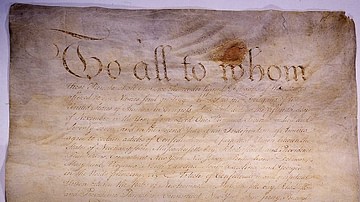
Definition
Articles of Confederation
The Articles of Confederation and Perpetual Union was the first frame of government for the United States of America, establishing a weak federal government to protect the sovereignty of the states. Adopted by Congress in 1777, the Articles...

Image
Apkallu & Lamassu Warding off Evil Spirits
Apkallu and Lamassu from Nimrud, Mesopotamia, modern-day Iraq, 9th century BCE. They ward off evil spirits or demons and protect humans and their place of residence.
The British Museum, London.
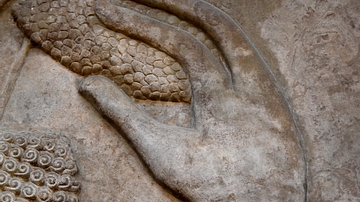
Image
Pine Cone Held by an Apkallu, Panel 4
Alabaster bas-relief detail depicting an Apkallu holding a pine cone. Neo-Assyrian Period, 865-860 BCE. Detail of Panel 4, Room G, the North-West Palace at Nimrud, modern-day Iraq. (The British Museum, London)
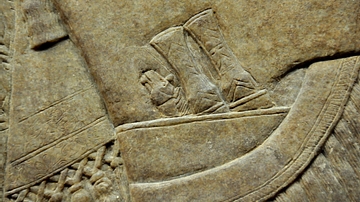
Image
Apkallu's Daggers, Panel 2
Alabaster bas-relief detail showing the daggers of an Apkallu. Neo-Assyrian Period, 865-860 BCE Detail of Panel 2, Room Z, the North-West Palace at Nimrud, modern-day Iraq. (The British Museum, London)
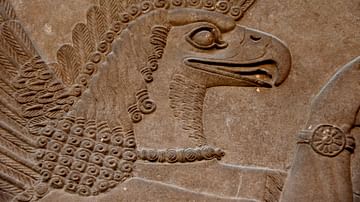
Image
Head of an Apkallu, Panel 3
Alabaster bas-relief detail depicting the head of an Apkallu, a protective spirit. Neo-Assyrian Period, 865-860 BCE. Detail of Panel 3, Room F, the North-West Palace at Nimrud, modern-day Iraq. (The British Museum, London)
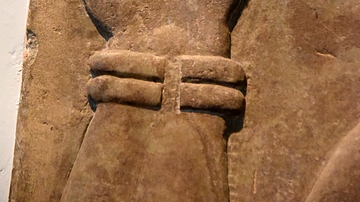
Image
Apkallu's Hand
Alabaster bas-relief detail showing the hand of an Apkallu. Neo-Assyrian Period, 865-860 BCE. Detail of Panel 1, Door A, Room F, the North-West Palace at Nimrud, modern-day Iraq. (The British Museum, London)
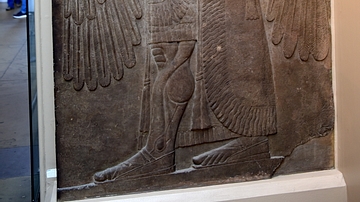
Image
Apkallu with Four Wings
Alabaster bas-relief of an Apkallu with four wings. Neo-Assyrian Period, 865-860 BCE. Panel 26, Room B, the North-West Palace at Nimrud, modern-day Iraq. (The British Museum, London)

Image
Apkallu's Daggers, Panel 16
Alabaster bas-relief detail showing the daggers of an Apkallu. Neo-Assyrian Period, 865-860 BCE. Detail of Panel 16, Room I, the North-West Palace at Nimrud, modern-day Iraq. (The British Museum, London)
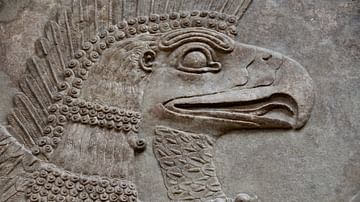
Image
Head of an Apkallu, Panel D1
Alabaster bas-relief detail showing the head of an Apkallu or protective spirit. Neo-Assyrian Period, 865-860 BCE. Detail of Panel D1, Room G, the North-West Palace at Nimrud, modern-day Iraq. (The British Museum, London)